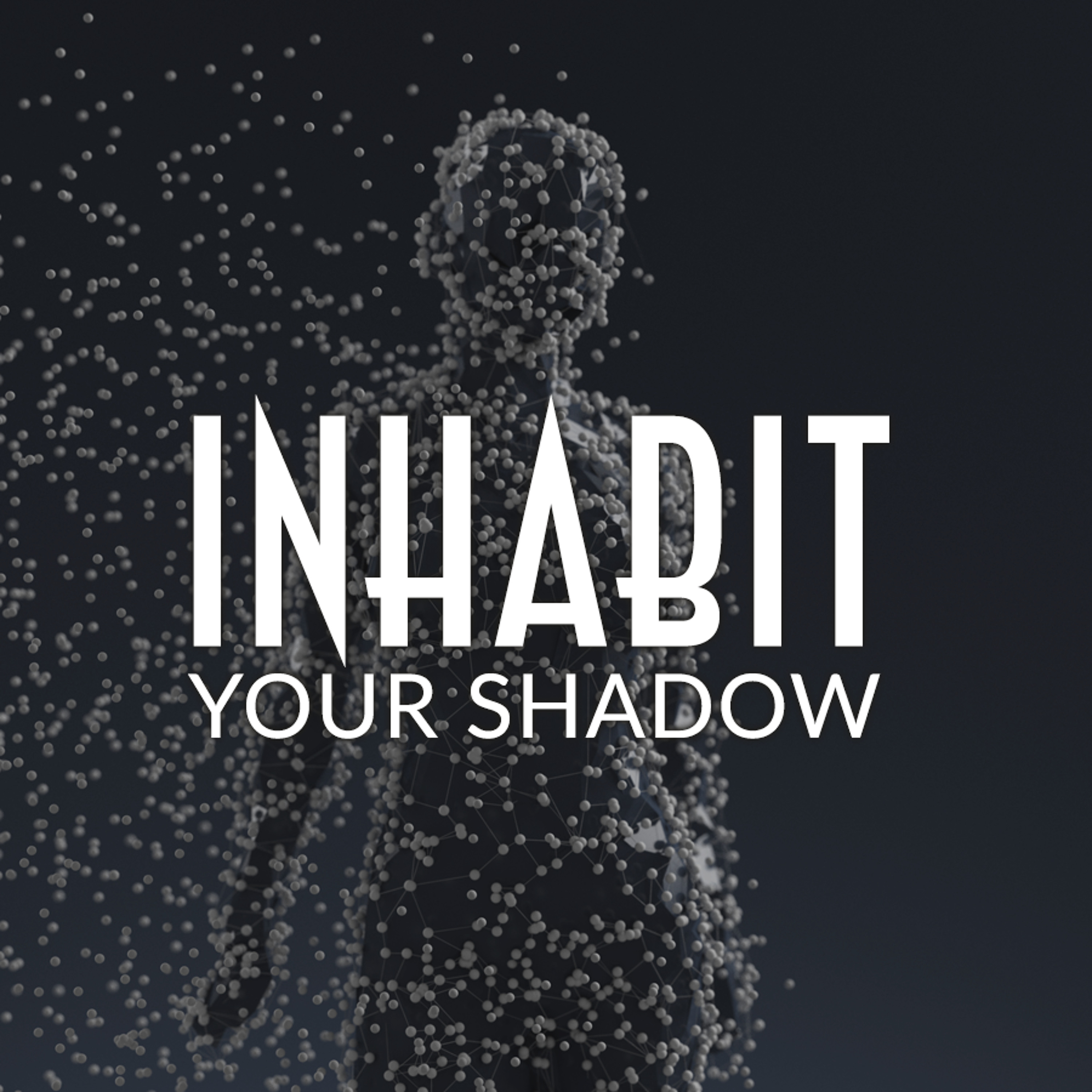
Inhabit: Your Shadow (Ryan Oelke and Corey deVos)
Everyone Is Right
Shownotes Transcript
“Shadow” refers to any of the hidden allergies, addictions, biases, or blind spots that may be kicking around in our consciousness, distorting our perceptions and limiting our capacity to find genuine happiness, fulfillment, and self-transcending wisdom.
Often our shadows are the result of some hidden, unintegrated piece of ourselves that we are projecting outward onto the world around us, and sometimes they are the result of internalizing shadows that are not our own, but infect our self-concept nonetheless.
In both cases, we have a simple but elegant practice to help us re-integrate our shadows, what is commonly known as the “3-2-1 shadow process” — a practice that helps you to recognize your shadow in 3rd person, to relate with your shadow in 2nd person, and to finally reclaim and inhabit your shadow in your own 1st-person experience.
Watch as Ryan and I explore the following questions:
- How often should we practice our shadow work?
- How can we keep our perceptual lenses clean and clear from shadow residue?
- How can we better manage our informational terrain so it does not become distorted by ideological shadow?
- How can we cultivate more “epistemic humility”, and more of the wisdom that comes from recognizing just how partial our own views and biases can be?
- What are some of the common shadows we see in the larger integral community itself?
- How can we bring more embodiment to our shadow practice, so it’s not just a “neck-up” exercise?
- Why is it rude to make objects out of other people’s subjects?
- Can we up-level “Woke culture” by holding their core values as an invitation to do our own shadow work, rather than as an excuse to self-righteously bludgeon everyone else for their shadows?
- Why do spiritual communities often seem to be a breeding ground for shadow?
We didn’t want this to be just another abstract discussion about the various tender parts and blind spots in our psychology, so Ryan and Corey put a bit of their own skin in the game by offering some examples of their own shadow challenges, both large and small, and how they have worked with these shadows over the years*. It is an invitation for all of us to cultivate the strength, vulnerability, and humility to bring our shadow work further into the light, and to practice our own growing capacity to manage shadow material as it emerges in real time. As I often like to say, if you are someone who is trying to shine a light on the various “collective shadows” we are all suspended in, one of the best ways to do so is to simply perform your own shadow work publicly, if only to demonstrate your capacity to discern where your personal shadow ends, and the “collective shadow” begins.
We hope you enjoy the discussion! Let us know what you think in the comments below.
*And if you watch really closely, you might notice another one of my own shadows that went completely unseen during this show: at multiple points in this episode, I refer to the year as 2019 (it’s 2020) and I say I am 42 years old (I am 43). What’s that all about?